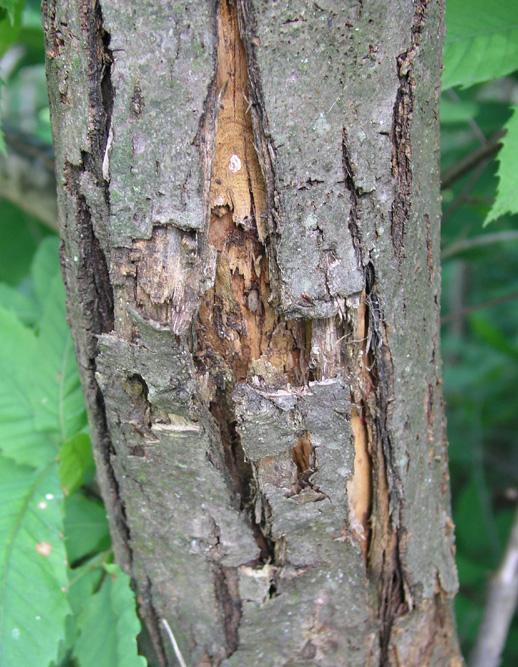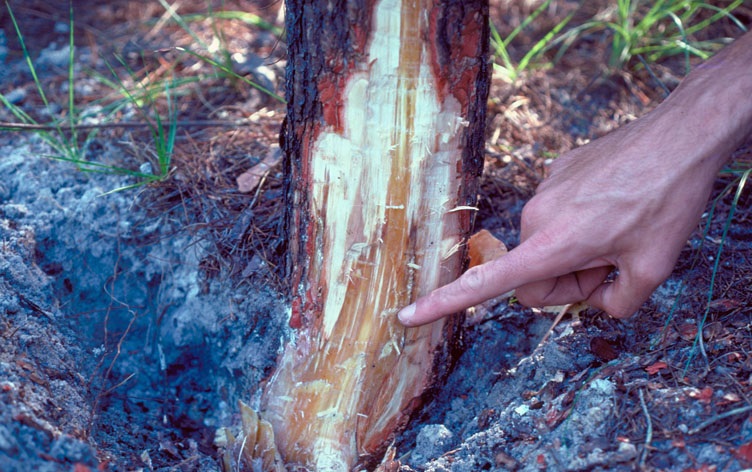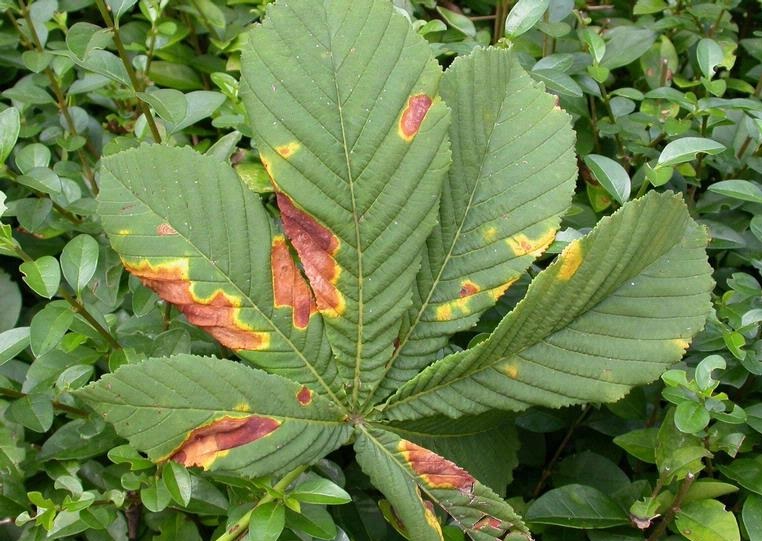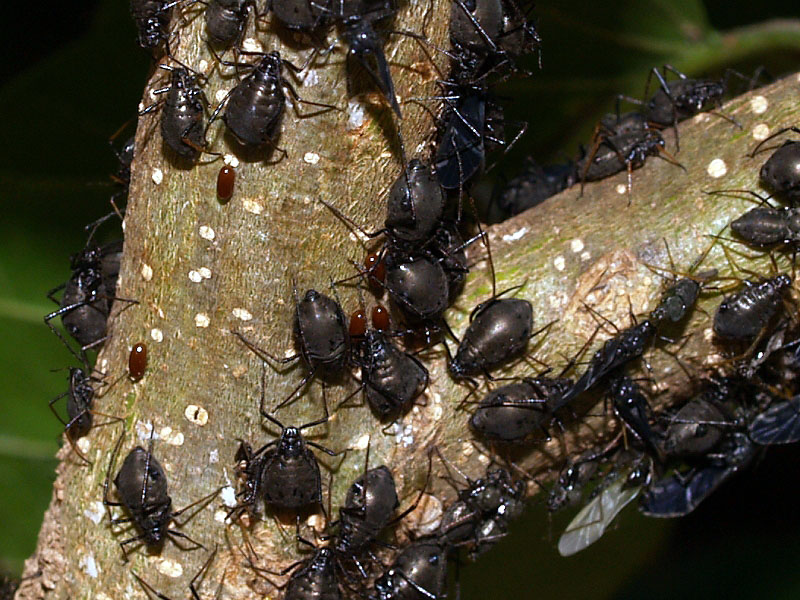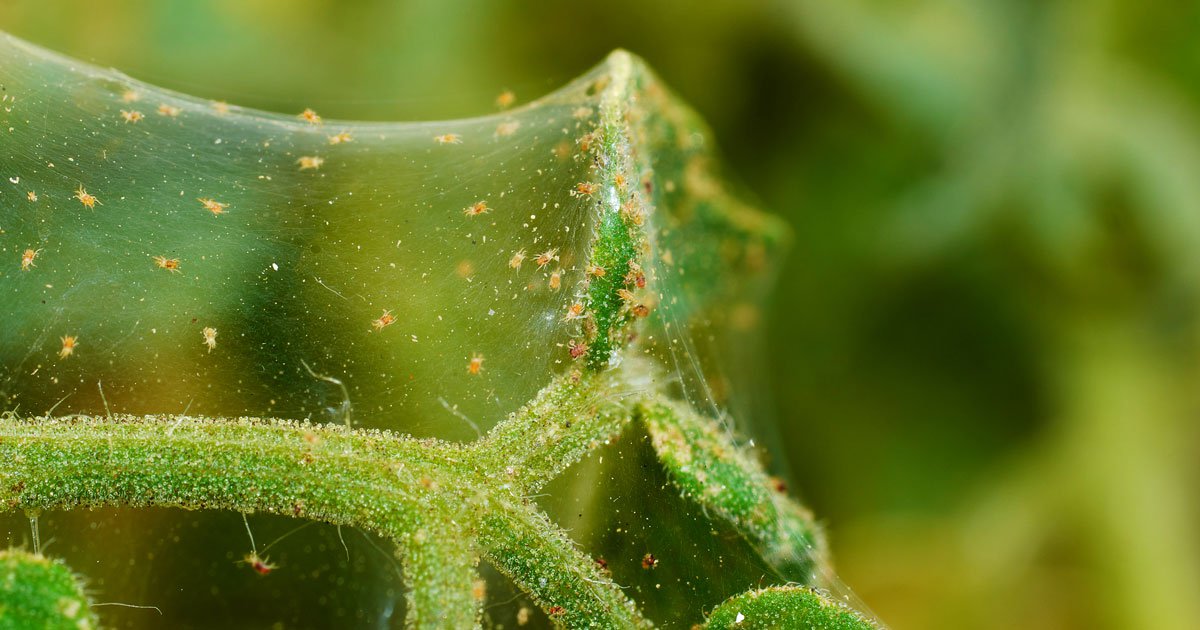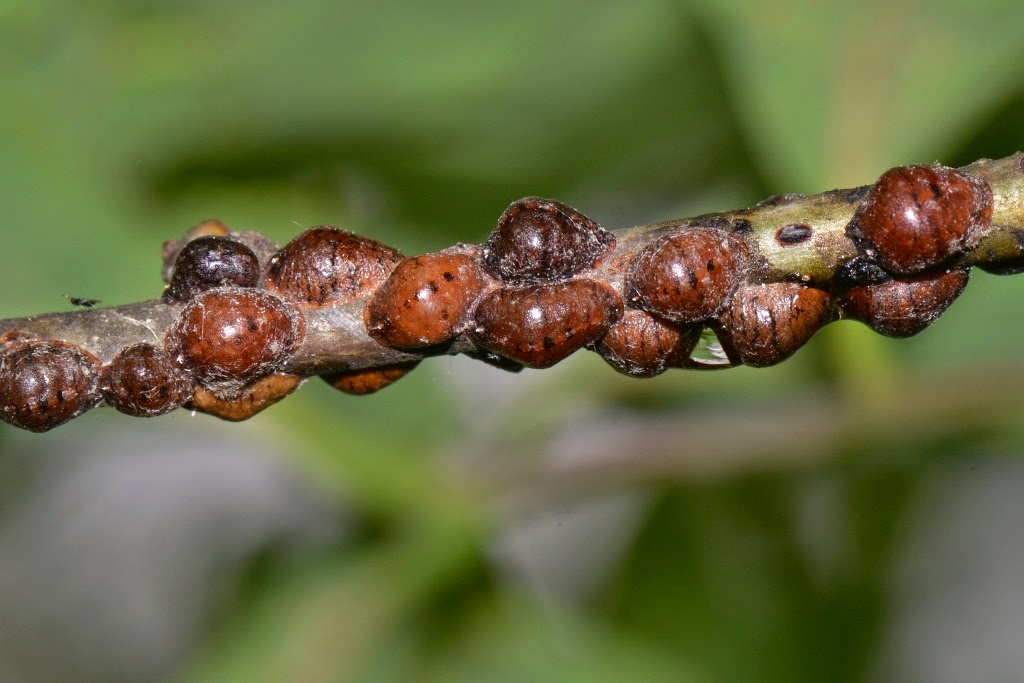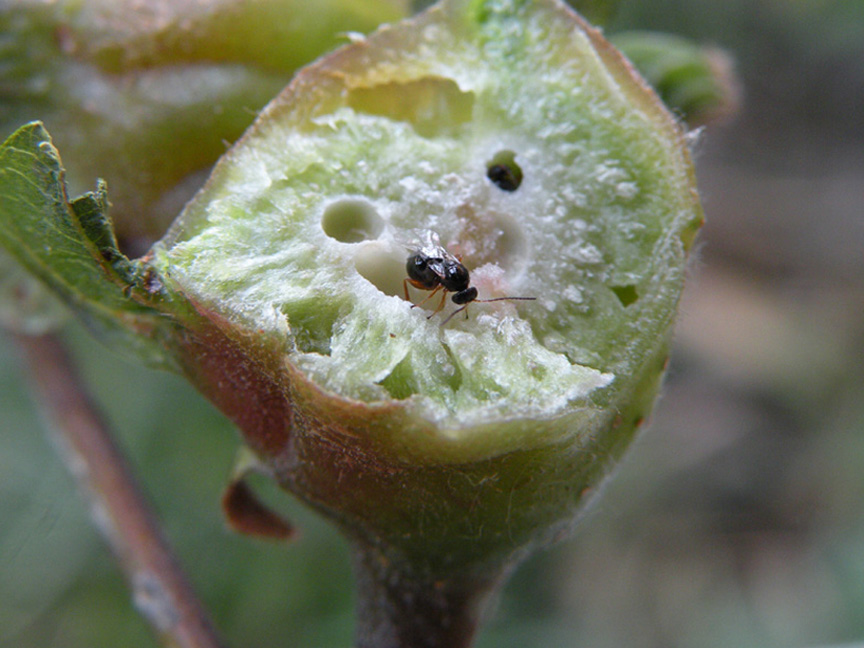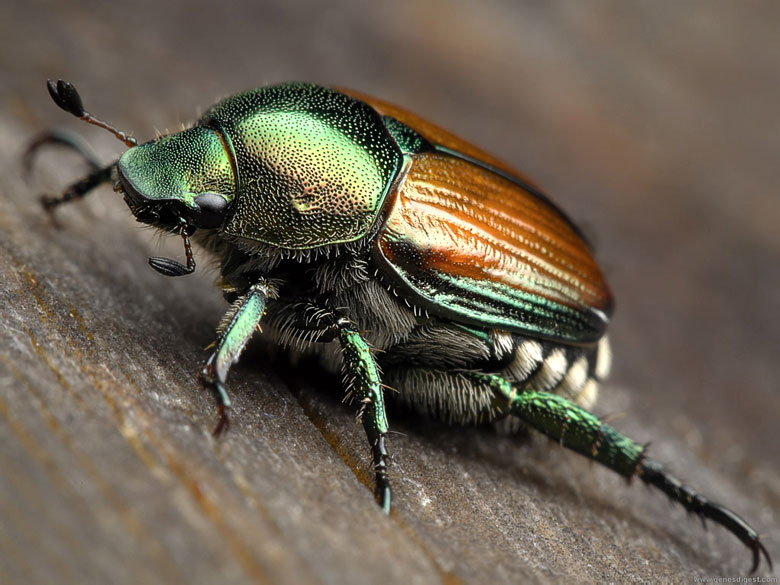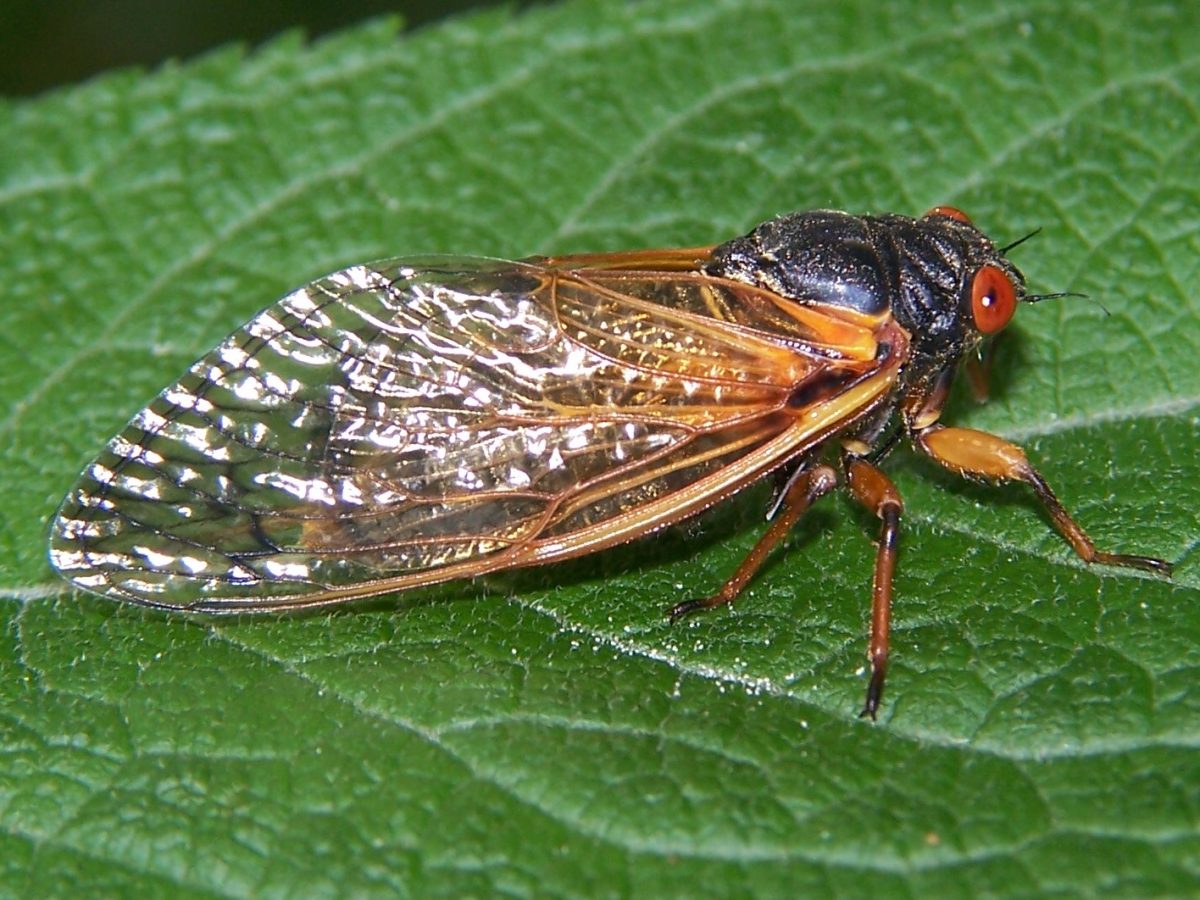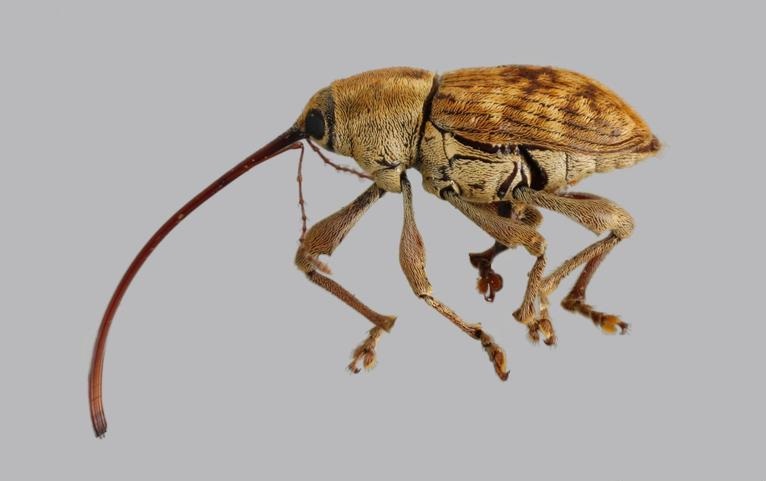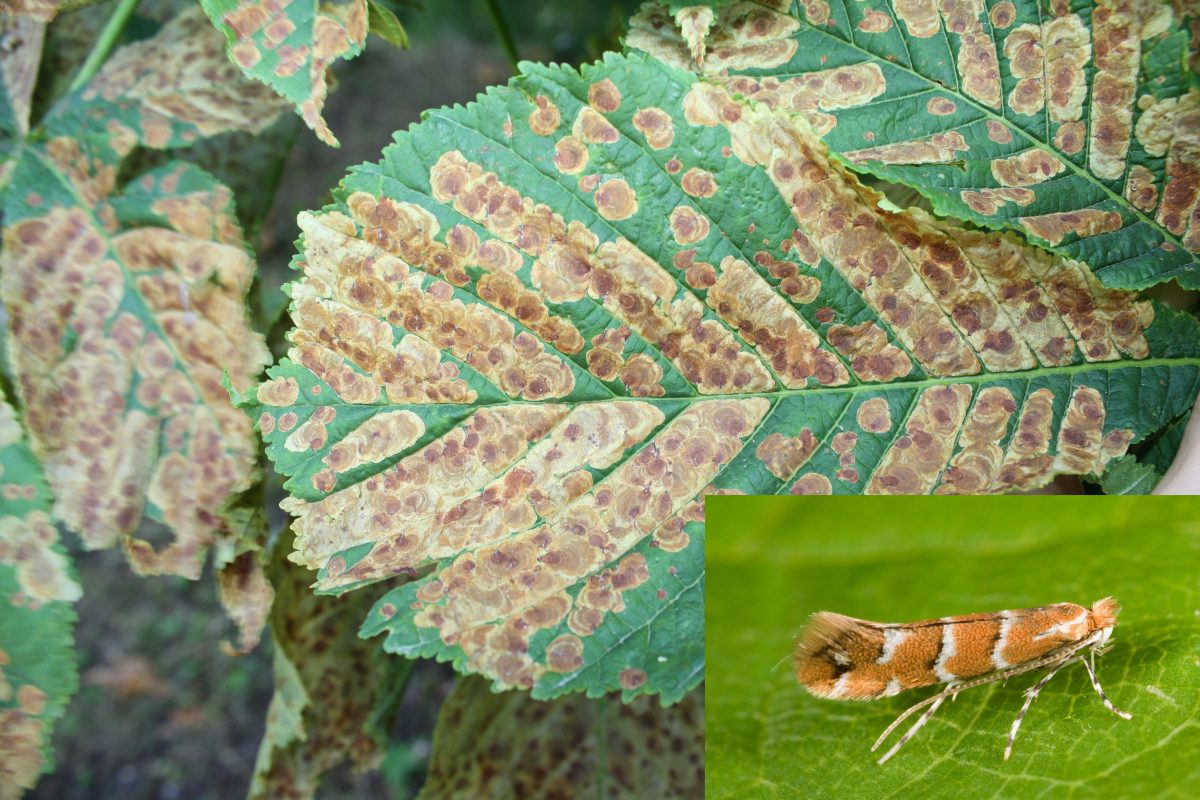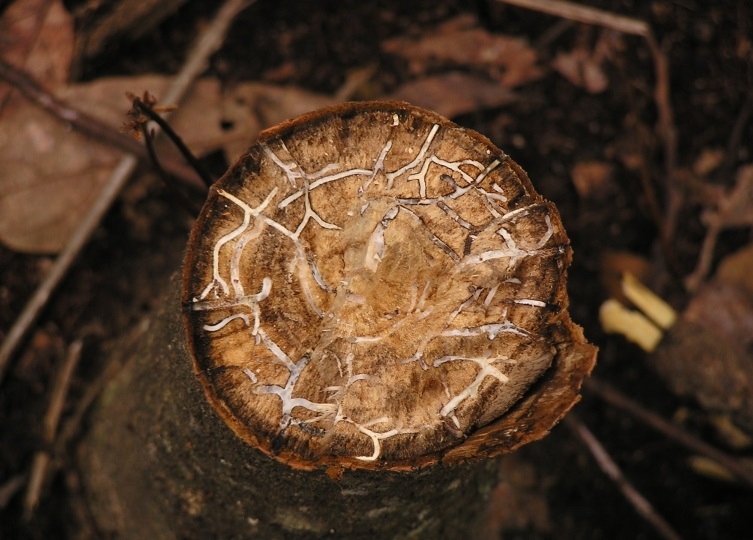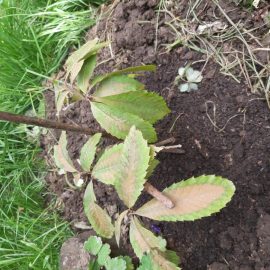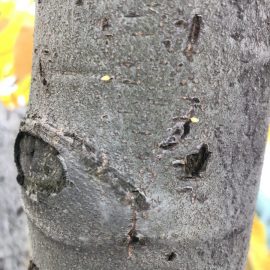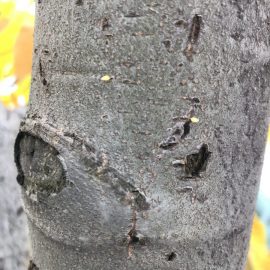Sweet chestnut treatments, pest and disease control
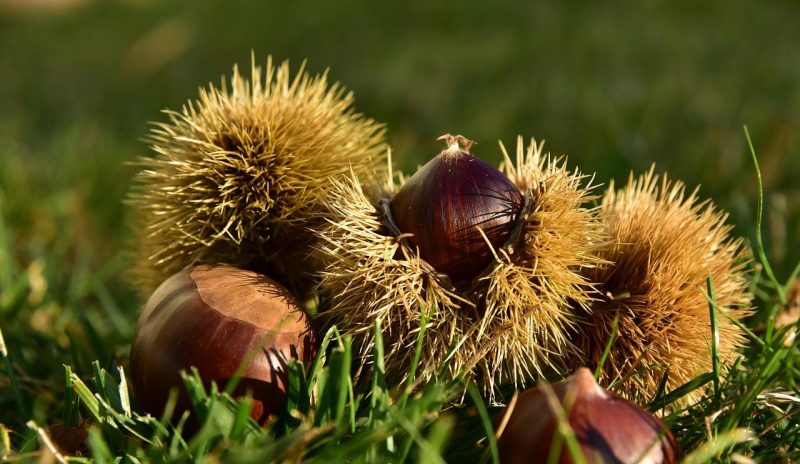
Sweet chestnut (Castanea sativa) – is a species native to the Mediterranean area. Sweet chestnut grows as a vigorous tree, 15-25 meters high, and forms wide, pyramidal, or globular crowns. It grows and develops normally in areas where the average annual temperature exceeds 9 °C. It prefers long and hot autumns, being sensitive to sudden frosts. The chestnut can have a decorative or fruit role. Chestnuts contain starch, fiber, protein, fat, potassium, phosphorus, magnesium, sulfur, calcium, and vitamins (A, B1, B2, E, and C).
THE MAIN DISEASES OF SWEET CHESTNUT
Chestnut blight (Cryphonectria parasitica)
It is the most dangerous disease that attacks the sweet chestnut crop. It is native to the United States, from where it has spread worldwide, with 76 strains currently identified. Symptoms include branch and trunk deformities accompanied by yellow-brown cancerous formations. The leaves turn brown but remain attached to the tree. Sweet chestnut species grown in the US and Europe are very sensitive to this pathogen.
Prevention and control measures:
- harvesting chestnuts carefully so as not to cause injuries;
- treatment is complex and very expensive. You can apply biological, mechanical, and chemical methods;
- removing and destroying attacked specimens.
Crown rot (Phytophthora spp.)
The disease occurs by leaves wilting and browning. Apricot trees have slowed growth and dry out prematurely. Lesions similar to those caused by bacterial cancer appear in the basal area of the stem. In wet weather, the lesions are covered with a sticky fluid. This disease appears under conditions of excessive soil moisture.
Prevention and control measures:
- rational irrigation;
- avoiding wetlands;
- there is no treatment to control this disease.
Guignardia leaf blotch (Guignardia aesculi)
The disease is manifested by the appearance of oily patches. As the disease progresses, the spots become reddish, surrounded by a yellow halo. The spots may be solitary or may merge. Black punctiform formations representing the fruiting bodies of the fungus can be seen on the attached tissues. In severe cases, the tree loses its leaves.
Prevention and control measures:
- there is no treatment to control this disease.
THE MAIN PESTS OF SWEET CHESTNUT
Aphids
They are polyphagous species that migrate from one plant to another or from one species to another. They grow on spontaneous flora and then move to cultivated species. Aphids form colonies on the underside of leaves, inflorescences, and on young twigs. The insects bore into and suck the plant’s sap, causing a stress. In case of a severe attack, causes the tree’s resistance to disease to decrease.
Control methods:
- chemical treatments with specific insecticides.
Mites
These are insects that are very difficult to see with the naked eye. They are polyphagous species, that attack many plants and fruiting shrubs, both cultivated species and spontaneous species. They feed on plants’ sap. Following the attack, the leaves have a parchment-like appearance, the flowers abort, and the plant stagnates in growth.
Control methods:
- chemical treatments with specific insecticides.
Scale insects
They are polyphagous species that attack over 200 species of plants. It has 1-3 generations per year and overwinters in the larval stage on the affected species bark. Females and larvae spread to all plant organs, feeding on the host’s sap. In case of a massive attack, the shields that protect the body of the insects overlap and suffocate the plants. The trees stagnate in growth, and after 2-3 years they dry out.
Control methods:
- monitoring the attack;
- chemical treatments with specific insecticides.
Chestnut gall wasp (Dryocosmus kuriphilus)
It is a species native to China, about the size of two poppy seeds. Females lay eggs inside the leaves and in the flower buds. After hatching, the larvae feed on leaves, stems, and flower buds causing their deformation. This results in reddish globular formations. The population of this species is kept under control by natural predators.
Control methods:
- chemical treatments with specific insecticides.
Japanese beetle (Popillia japonica)
It is a polyphagous species that attacks over 300 species of plants. The adults have a greenish, metallic body. Adults appear in late spring and feed on leaves. Following the attack, the leaves look lacy.
Control methods:
- chemical treatments with specific insecticides.
Cicadas (Magicicada spp.)
They are polyphagous species that cause direct or indirect damage. They feed on twigs and young leaves sap. Following the attack, they deform and dry out. These cicadas can also transmit several viruses or phytoplasma. Some species make an incision with the ovipositor in young twigs, where they lay their eggs. These incisions are gateways for pathogens.
Control methods:
- chemical treatments with specific insecticides.
Small chestnut weevil (Curculio sayi)
These pests develop a generation every few years and overwinter as adults in the topsoil. The adults climb the trees and deposit their eggs in the fruit. After hatching, the larvae feed on the insides of the fruit (chestnuts). Thus, the yield is reduced both in quantity and quality.
Control methods:
- chemical treatments with specific insecticides.
Horse-chestnut leaf miner (Cameraria ohridella)
This species is dangerous and a problem for chestnut species. It was first identified in Macedonia in 1980. It develops several generations per year (2-3), its larvae being very dangerous. A female can lay about 40 eggs on a leaf. After hatching, the larvae enter the leaf and consume the parenchyma, leaving the two epidermises intact. Following the attack, the leaves dry out and fall off.
Control methods:
- gathering and destroying fallen leaves;
- applying treatments in April-May, before the chestnuts bloom, with specific insecticides.
Ambrosia beetle (Xylosandrus spp.)
These pests attack several wood species. Females gnaw tunnels in stems and thick branches where they deposit their eggs. In severe cases, they can destroy the entire stem. These pests live in symbiosis with a species of fungi, which help them digest cellulose.
Control methods:
- cutting and destroying the attacked branches.














































































































































































































































































































































































































































